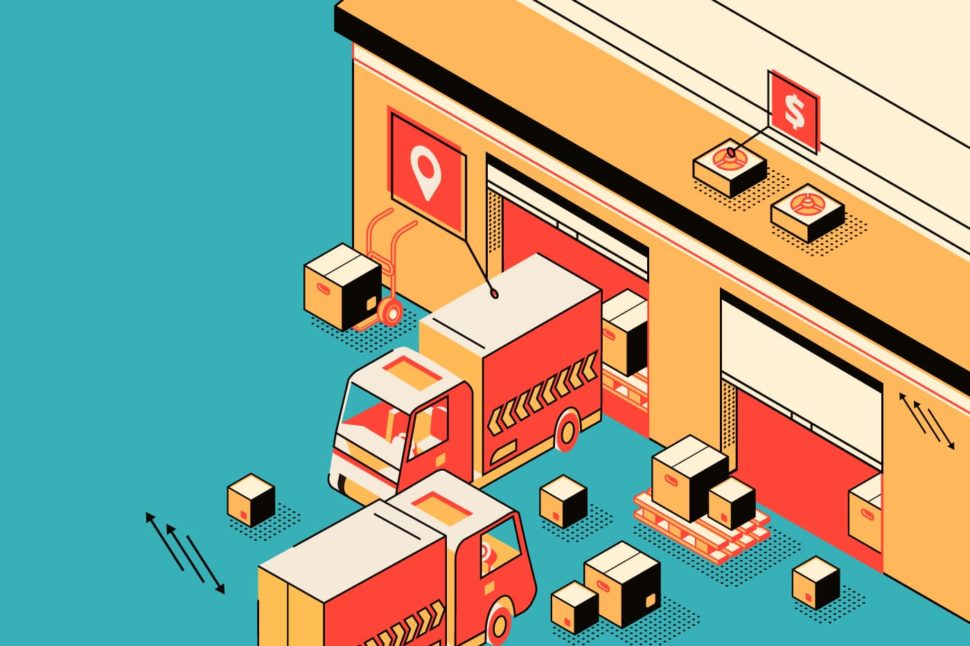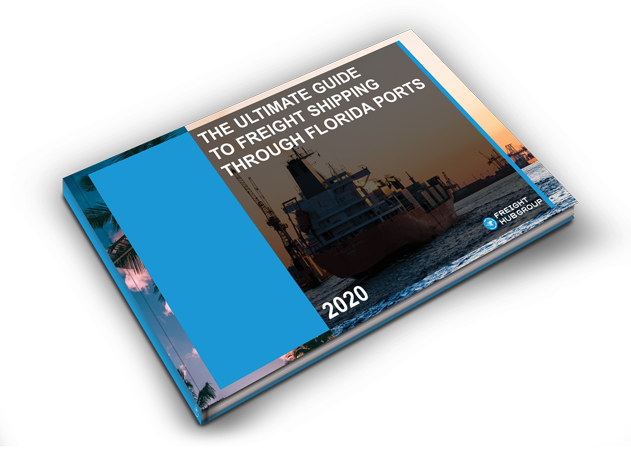How Much Does Cross-Docking Cost? Types of Cross Docking

If your business requires a warehouse facility, then you must have an idea of how expensive these warehouses can be. Whether it’s an in-house or a 3PL warehouse, there’s always a cost associated with it.
So, is there any way to reduce the warehousing cost? Well, certainly yes!
You might have heard about the term ‘Cross-Docking’ and might be wondering what it is all about, how it’s different from the traditional warehousing, and how much does cross-docking cost.
Let’s find out more on the cross dock facility and see if it provides any opportunity for cost savings.

What is Cross-Docking
Cross-docking refers to the process of distributing products from suppliers or manufacturers to the final customers without the use of any storage. In a cross-docking process, the products are ordered from manufacturers or suppliers and are directly shipped to the end-consumers with little amendments and sorting.
The key difference to note is the elimination of handling storage which further reduces the storage costs. The cross docking warehouse helps the entire supply chain management to become efficient and effective.
As soon as the final products are delivered at the cross docking terminal (let’s call it an Inbound Dock), they’re unloaded and the screening process starts which determines which products need to be sorted to meet the customer’s demand.
Right after the sorting is finished, the product is immediately shipped to the final customers after reloading the products at the outbound dock. This process doesn’t need any kind of storage space which not only reduces the labor costs, it also makes the inventory management smoother.
Do You Really Need a Cross-Dock Facility?
If the idea of the cross-docking operation fascinates you, then you might be thinking of adopting it. But wait! Do you really need it? Will it make your business more successful?
Well, cross-docking might not work well for your business since it doesn’t work well with everytype of business. If you deal in perishable items that have a very low shelf-life, then cross-docking can help you save a lot of financial resources.
Moreover, temperature-sensitive products will greatly benefit from cross-docking.
How Much Does Cross-Docking Cost?
The cost estimates of a cross-docking facility differ greatly. It all depends on the volume of the order and type of the product. Some products are fragile and require great attention. Moreover, the weather conditions, political boundaries, and the fuel prices are few of the deciding factors when it comes to setting up a price for cross-docking.
Call us to get a quick quote or schedule a meeting now!
Different Types of Cross-Docking
There are a few types of cross docking facilities depending upon the type of the business and the requirements of the clients.
Retail Cross Docking
As the name suggests, this type of cross docking is usually followed by large retail chains. In retail cross docking, products move from the manufacturers or suppliers towards the main warehouse where they’re immediately sorted, reloaded, and sent towards the individual retail stores.
Manufacturing Cross Docking
This type works in B2B markets where there are business customers who are less in numbers but great in volume. In the B2B market, only one core account holds a significant amount of authority.
Well, the final products from a manufacturer are delivered to the distribution center where the products are assembled and shipped towards the customer (who can be a manufacturer of other products).
For instance, a laptop manufacturing company would need finished products (like RAM, Hard Disk Drive, etc.) from another manufacturer to produce their final product (i.e. laptop).
Distributor Cross Docking
Further in the line of marketing channels, we have our distributors that play an integral part in increasing business sales. The distributors are actually the sales agencies that help businesses to flourish by increasing the volume of sales.
This type of cross docking is one of the most simpler ones as it involves only two-steps. The distribution center orders products from a manufacturer and delivers them to the final customer without doing any changes in the products.
The final products may be sorted for customized orders but that will totally depend on the number of orders a company receives.
Advantages and Disadvantage of Cross-Docking
Reduces Storage. The biggest advantage that cross docking brings with it is the reduction in warehouse cost. It significantly reduces storage cost and it gives more room for other inventory.
Increase in Product Quality. In the field of Total Quality Management (TQM), product defaults or errors are becoming the main concerns these days. This is why the concept of 6-Sigma was introduced, which was basically the provision of standardized procedures to follow in order to reduce the errors and increase the overall product quality.
Reduced Inventory Management Cost. Since the products don’t get stored in the warehouse, the shipping and material handling cost is almost near to zero. It also helps companies to build a competitive edge in the market.
It’s Quite Expensive. The first and foremost disadvantage of using a cross dock facility is that it’s quite expensive. It requires a lot of financial investment to source the separate windows for inbound and outbound logistics.
Recent Posts
Watch our Podcast

THE ULTIMATE GUIDE TO FREIGHT SHIPPING THROUGH FLORIDA PORTS
When it comes to ocean freight shipping in Florida, there is a lot to know to ensure you follow the appropriate steps when shipping into and out of Florida Ports.
Just enter in your email address and receive your FREE E-Book in minutes!